Veribarr™ is a camera-based technology that can define homeostasis for fish skin and gill tissues and cells for rapid health and welfare responses
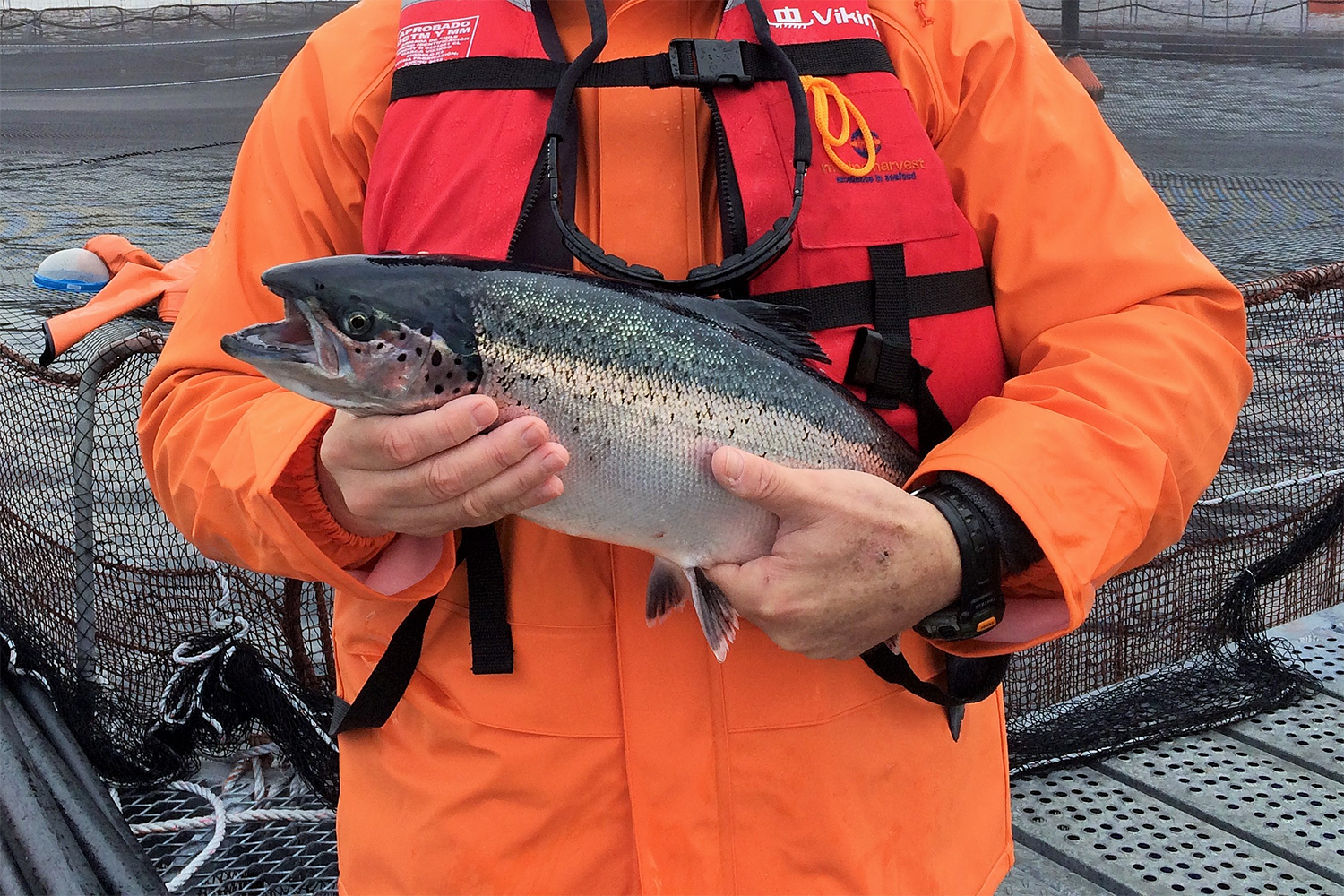
A recent study offers additional insight into an emerging technology for measuring fish health by observing the skin, gills and guts of fish. The technology, developed in academia, is focused on these surfaces’ outer layer of mucus, a primary innate immune barrier for fish.
The study – authored by Drs. Grigory V. Merkin, Mearge A. Okubamichael (QuantiDoc AS, Bergen, Norway), Albert Girons (CTIOVET S.L., Barcelona, Spain) and Karin Pittman (QuantiDoc AS, and the University of Bergen, Norway) and published in the Journal of Fish Diseases – presents updated information on a technology that is now trademarked as Veribarr™ for the analysis of skin, gills and gastrointestinal tracts. It was developed by QuantiDoc AS, whose founder, Dr. Karin Pittman, was named the winner of the Global Aquaculture Innovation Award in 2016.
“Basically, the slimy layer is the innate immune system on the outside of the animal is in constant dialogue with the environment, and this is more important to the fish than the acquired immune system,” Dr. Pittman, professor at the University of Bergen and senior author of the study, told the Advocate.
“We developed mucosal mapping (now trademarked as Veribarr, verification of barriers) in order to report health in a standardized, industrially scalable manner. We have established reference values for fish, much like the kinds of reference values people can read on their own medical reports, helping to identify when you are ‘normal’ and when intervention is needed. Veribarr is thus the first unbiased, quantitative fish-based health standard.”
The tool is designed to help the aquaculture industry identify what good health looks like and then maintain that level, she explained.
“With Veribarr, we have established what healthy is in the skin and gills of many farmed species, for the first time,” she said. “This is quite different from diagnosing a disease after health has been lost. Everyone knows that the slimy layer outside the fish skin and gills is important but how and why it is important has been the underlying question.”
In aquatic animals, the skin, gills and intestines have mucosal epithelia, characterized by the presence of mucous cells, also known as goblet cells, which secrete mucins, gel-forming glycoproteins that are the major organic constituent of the mucus.
Mucosal epithelia are semi-permeable barriers, a part of the innate immune system and serve as a living interactive interface between the aquatic environment and the organism. The mucosal epithelium is essential storage for antimicrobial substances and a physical barrier that fights off pathogen attacks, while the microbiome in the external secreted mucus reflects specific aspects of the environment.
The main focus of this study is to provide a general overview of the pattern and size of mucus cells in skin and gill mucosal barriers as well as changes of mucus cells with stage and age or condition are not explicitly displayed. Mucosal mapping technology (Veribarr™) was applied in a standardized manner to measure mucosal epithelia in the skin, gills, and gastrointestinal tract of 15 fish species over about 14 years to uncover statistical homeostasis and other common characteristics of this primary innate immune barrier.
“Standards are measurements that ensure that industrial products are made in a consistent manner and can interact with other systems without problem. Veribarr can be applied to any fish species and any production system. It also means you can directly compare the mucosal immune health across species, system, organ and time, giving the producers a way to incrementally improve their production” Dr. Pittman said.
Good fish welfare relies on strong health barriers, such as the skin and gills, but biopsies requires these external surface barriers to be pierced. By contrast, camera-based technologies register these surface barriers in a non-invasive way. But cameras are confused by the lack of definition of what normal is at the tissue and cell level, where damage can occur well before it is visible to the human eye. The Veribarr technology not only defines normal (or homeostasis) in objective quantities, but it also corresponds with the viewing angle of cameras.
“We work with fish health professionals and fish producers around the globe toward digital health and we video-supervise remote clients over the web. We have a standardized sampling protocol and kit, and it is very simple. The Veribarr technique can be used to continuously monitor the health of the farmed fish, giving a baseline against which to measure improvements. Veribarr can also validate production technologies like new RAS-systems or new sites, determine if a batch was healthy or weak before a new treatment is introduced, ascertain that a production routine is gradually improving, or that certain combinations of environment, feed and breeding are best suited to the farm system selected. Using the fish as a sensor, Veribarr is like a Swiss Army knife of useful applications,” Dr. Pittman said.
Now that you've reached the end of the article ...
… please consider supporting GSA’s mission to advance responsible seafood practices through education, advocacy and third-party assurances. The Advocate aims to document the evolution of responsible seafood practices and share the expansive knowledge of our vast network of contributors.
By becoming a Global Seafood Alliance member, you’re ensuring that all of the pre-competitive work we do through member benefits, resources and events can continue. Individual membership costs just $50 a year.
Not a GSA member? Join us.
Author
Tagged With
Related Posts
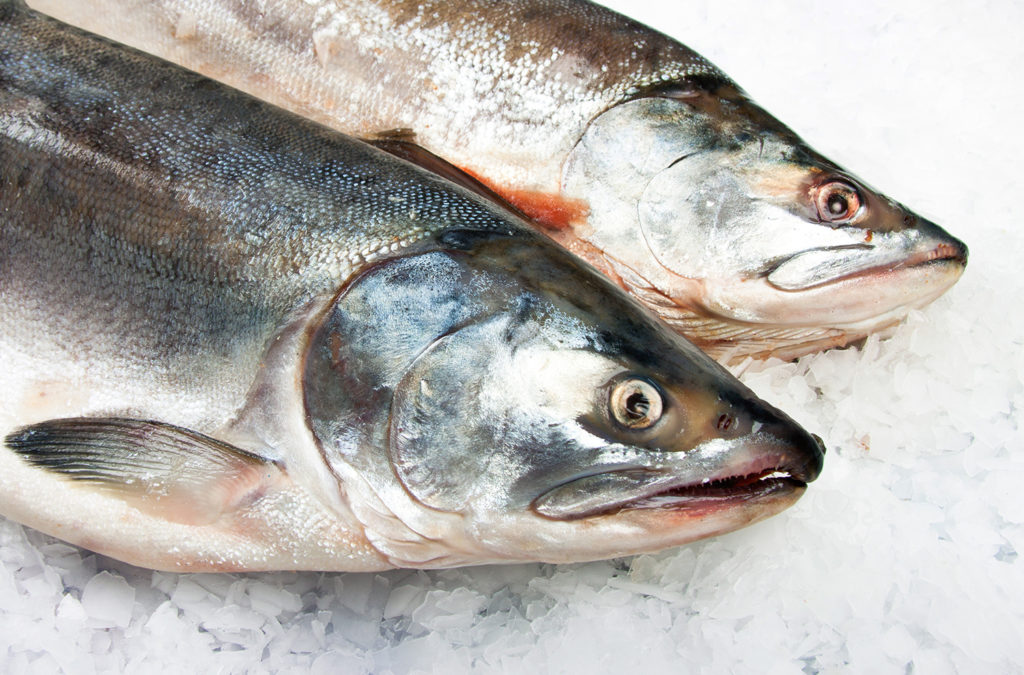
Health & Welfare
Salmon scientists collaborate on new global health initiative QASH
A cooperative effort between salmon scientists in Norway, Scotland, Chile and Canada aims to develop a globally applicable tool to help management and certification of salmon farms.
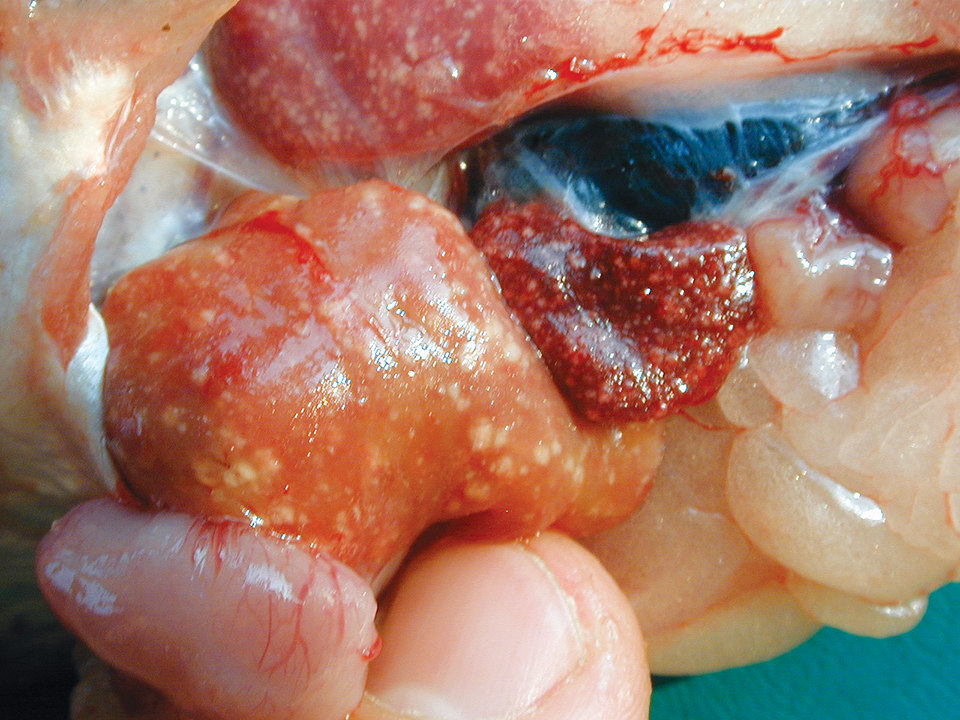
Health & Welfare
Common diseases of pangasius catfish farmed in Vietnam
As with other species, varied health problems – and treatments – related to parasites and bacteria have been encountered in pangasius catfish.
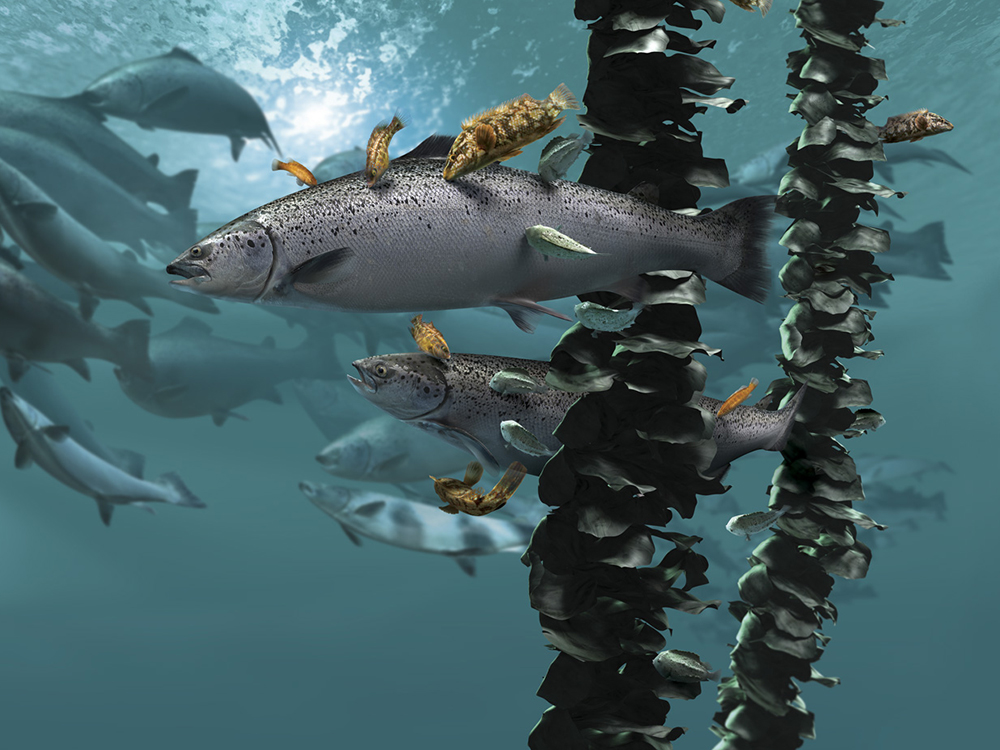
Health & Welfare
In sea lice fight, salmon farmers phasing out hydrogen peroxide
An over-reliance on medical and chemical controls, along with warming waters, led to a surge in sea lice. With such treatments waning in effectiveness, operators turn to other, safer measures.
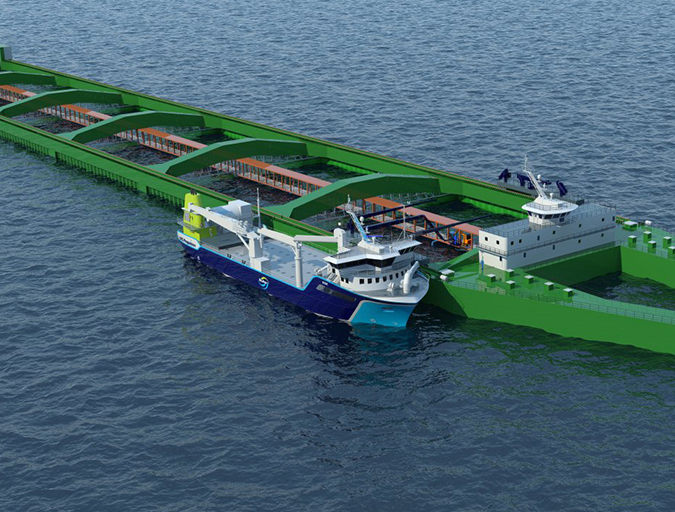
Health & Welfare
Chem-free fixes emerging in sea lice saga
Salmon farmers, using emerging technologies, are exploring new methods of sea lice mitigation in an effort to overcome one of the industry’s most persistent problems. New chemical-free innovations show an industry eager to adapt and adopt environmentally safe practices.



